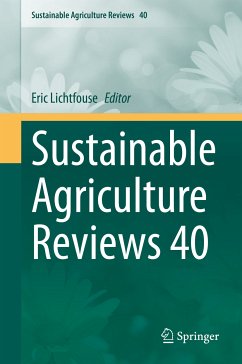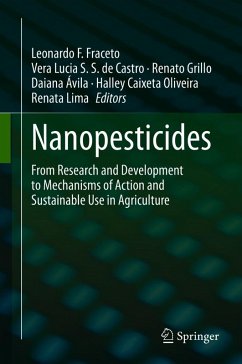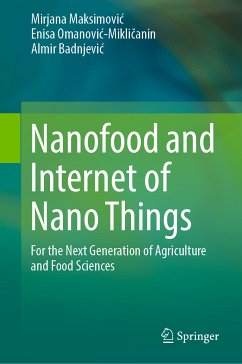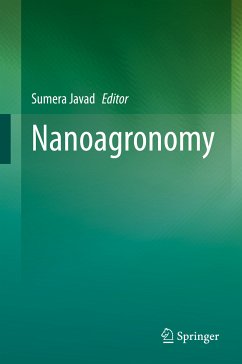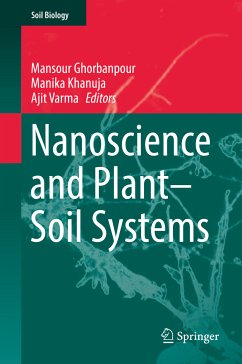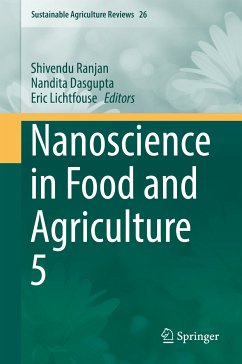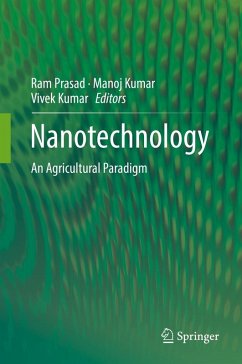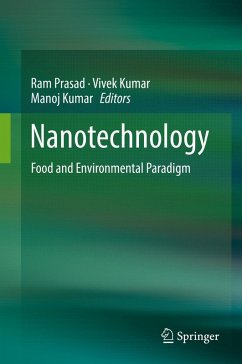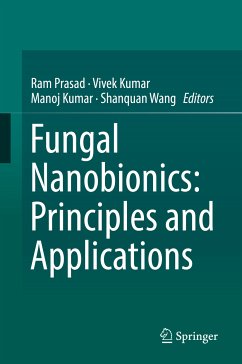
Inorganic Nanopesticides and Nanofertilizers (eBook, PDF)
A View from the Mechanisms of Action to Field Applications
Redaktion: Fernandes Fraceto, Leonardo; Santaella, Catherine; Ghoshal, Subhashis; de Lima, Renata; Pereira de Carvalho, Hudson Wallace
Versandkostenfrei!
Sofort per Download lieferbar
128,95 €
inkl. MwSt.
Weitere Ausgaben:

PAYBACK Punkte
64 °P sammeln!
This book discusses inorganic/metallic nanopesticides and fertilizers. Rather than providing a general review of the topic, it offers a critical assessment of what has been achieved and highlights future measures to allow agriculture to profit from the properties of inorganic nanoparticles. It covers a variety of topics, including strategies for preparing cost-effective nanoparticles, their chemistry both within and outside the plant, the effects of nanoparticles in the field and whether the current strategies were successful in increasing crop yields. This book will appeal to readers in acade...
This book discusses inorganic/metallic nanopesticides and fertilizers. Rather than providing a general review of the topic, it offers a critical assessment of what has been achieved and highlights future measures to allow agriculture to profit from the properties of inorganic nanoparticles. It covers a variety of topics, including strategies for preparing cost-effective nanoparticles, their chemistry both within and outside the plant, the effects of nanoparticles in the field and whether the current strategies were successful in increasing crop yields. This book will appeal to readers in academia and industry, as well as stakeholders and anyone who has an interest in the applications of inorganic nanopesticides and nanofertilizers as well as the potential use of these technologies in agriculture.
Dieser Download kann aus rechtlichen Gründen nur mit Rechnungsadresse in A, B, BG, CY, CZ, D, DK, EW, E, FIN, F, GR, HR, H, IRL, I, LT, L, LR, M, NL, PL, P, R, S, SLO, SK ausgeliefert werden.



